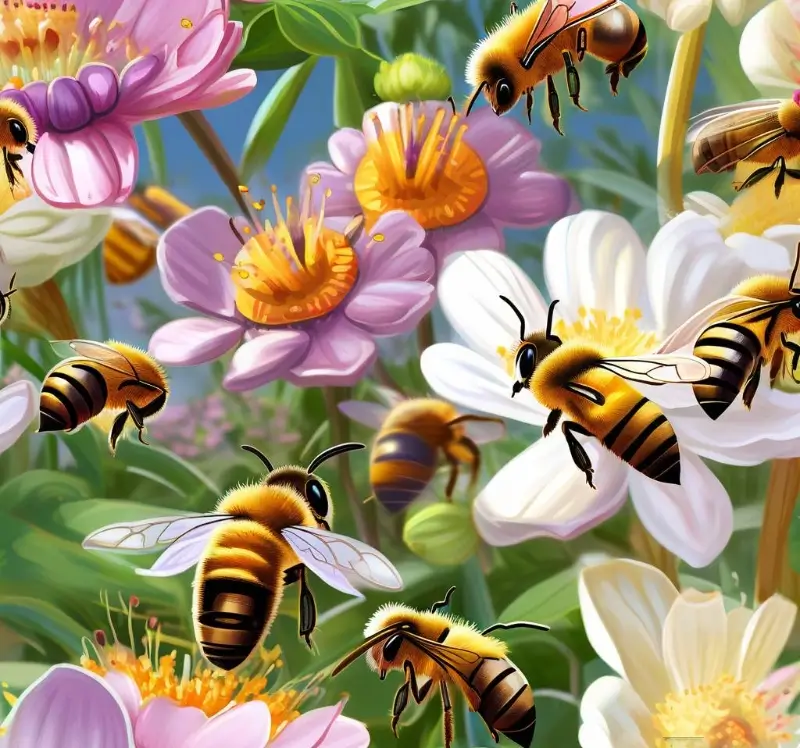why do bees buzz?
Bees buzz for two primary reasons:
- Flight Mechanism: Bees generate the buzzing sound through their wings. Their wings beat incredibly fast—on average, honeybees flap their wings about 200 times per second! This rapid wing motion creates the buzzing noise we hear when bees fly. The buzzing sound is simply a mechanical consequence of the wing vibrations in the air.The buzz of a bee is typically around 200 to 400 Hz for most species. This frequency range is within the audible range for humans, typically ranging from 20 Hz to 20,000 Hz. However, some species of bees have a higher or lower buzz frequency, and the exact frequency can vary based on factors such as the bee’s speed, size, and the environment it is flying through.
- Communication: Bees also buzz for communication purposes. Different buzzing sounds can convey specific messages to other bees within the hive. For instance, worker bees perform a waggle dance to communicate the direction and distance of a food source, during which they produce specific buzzing sounds. Similarly, when bees feel threatened, they may emit louder buzzing sounds as a warning signal to other bees.
Moreover, the buzzing sound produced by a bee’s wings serves another vital function—it helps to vibrate flowers and release pollen, which aids in pollination. This is particularly true for flowers that require a stronger vibration to release pollen, like those of tomatoes and blueberries.



